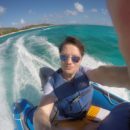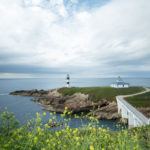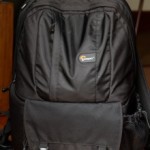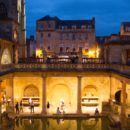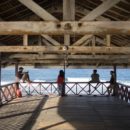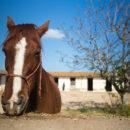Almost all expensive lenses have narrow apertures. Zoom lenses are mostly f/2.8 while prime lenses are at f/1.2. The reason behind their price is their difficulty to manufacture. Getting various optics to work is hard work. Research and development is needed to achieve desired results. An aperture of f/1.2 would need pristine glass, the same goes for zoom lenses that have a constant aperture of f/2.8. But the most important thing is, they are expensive because narrow apertures produce top notch images.
Aperture refers to the size of the opening in the lens that determines the amount of light falling onto your camera sensor. The size of the opening is controlled nowadays via your camera settings but when using old cameras, you adjust the aperture manually via the lens itself. Aperture is important because it controls depth of field and exposure.
Aperture can be confusing though since a lot of terminologies are attached to it. A narrow aperture means your depth of field is thin thus you have a smaller f-stop. Using a large opening means you have your aperture wide open thus using a smaller f-stop and achieving a shallow depth of field. This can be really confusing but don’t worry, these are all technicalities that you will eventually learn. The important thing is you creativity.
Much like shutter speed, aperture plays an important role in exposure. One stop of aperture can either half or double the amount of light hitting the sensor. For example, an exposure with a camera setting of 1/60, f/8 and ISO100 can be also achieved via 1/30, f/11 and ISO100. The decrease in shutter speed means you increase the light by half however the increase in aperture compensates for this and reduces the light in half. This setting will achieve the same exposure but will have a different impact.
When using a high aperture setting, for example f/16. The depth of field is very wide.
And an aperture of f/2.8 would result in a thin depth of field.
Knowing the impact of your aperture setting with your photograph will result in a more creative leeway. You can really focus on the subject by using a thin DOF (depth of field). Or make everything sharp by using a small aperture opening.
A great way to start with DOF experimentation is through the cheapest f/1.8 lens out there. The 50mm lens. This lens can be had for just 100$ and it offers better optical quality compared to you kit lens. However, this is a prime lens meaning you can zoom in or out. You can get the f/2.8 premium zoom lenses but those cost 1000$ or more. Check your budget, keep shooting and embrace the light!

